Asphalt makes road surfaces smoother, ultimately providing drivers with an easier ride. This, in turn, makes them safer because rough, uneven roads can trigger driver fatigue and even cause them to lose control of their vehicles.
Given the importance of using asphalt on surfaces, especially on roads, keeping it in good condition is essential. This is because no matter how great the asphalt installation was initially; the surface can still experience some wear and tear over time. Asphalt deterioration can also happen sooner in high-traffic areas, including highways.
Maintenance
Regular asphalt maintenance is essential to keeping the surface durable and ensuring its longevity and quality. Without proper upkeep, the asphalt surface can become subject to premature erosion and, eventually, cause accidents.
To avoid this, you need to take preventive measures before the asphalt surface deteriorates completely. Here are some of the things you can do to maintain the quality of the asphalt:
Avoid Oxidation
Oxidation occurs when the asphalt is directly exposed to oxygen and UV rays. This phenomenon can cause the binder in the asphalt to deteriorate, making the material brittle and more susceptible to cracking.

The first sign of oxidation is a change of color on the asphalt surface. If the asphalt is turning gray or brown, you might be dealing with oxidation.
You can avoid this from happening by ensuring that you apply a bitumen based sealant on the surface after the asphalt installation. This material will act as a protective layer for the asphalt.
Prevent the Asphalt From Regularly Getting Wet
Water is one of the primary causes of asphalt deterioration. If the asphalt surface gets wet regularly, water can penetrate it and soften the base course. Over time, this can cause depressions on the pavement, which can develop into potholes.

One way to address this problem is to find the source of the water that often affects the asphalt surface. Then, find a way to turn it off or redirect the flow of water away from the pavement.
Avoid Gas or Oil Spills
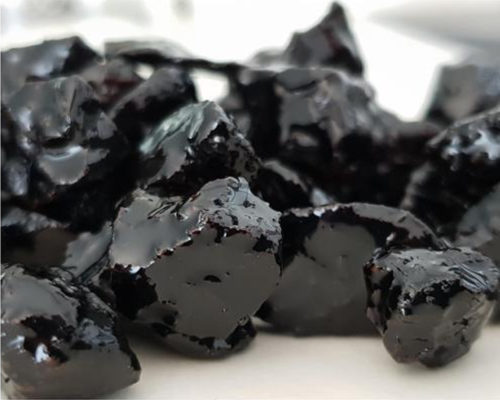
Gas or oil spills on asphalt can cause the material to become weaker. This is because gas and oil can affect the surface’s binder. If not addressed immediately, this can cause the pavement to become more brittle and prone to cracking.
Conduct Visual Inspections
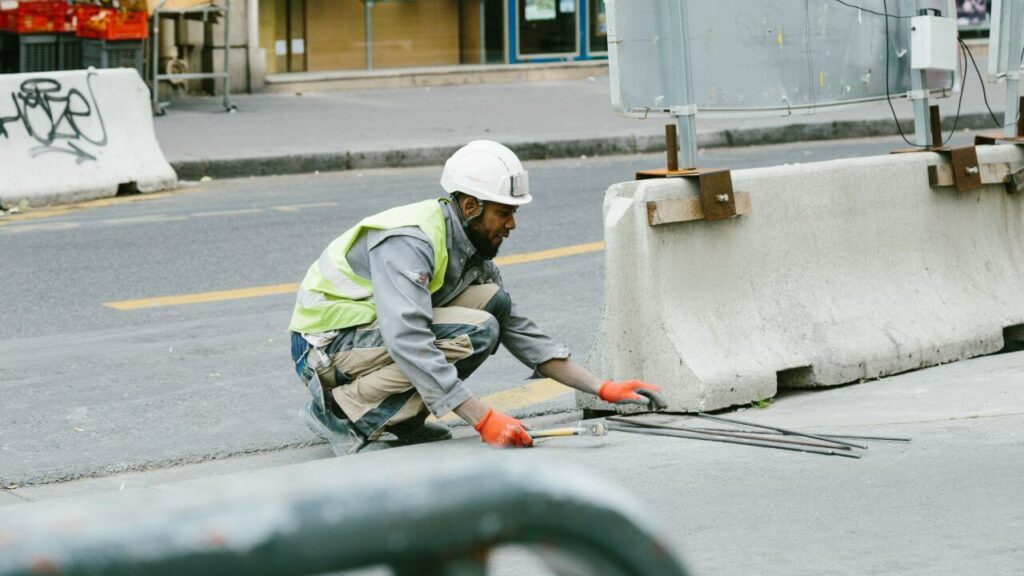
To ensure that the asphalt is in good condition, you should conduct a visual inspection of the surface at least once a year. Doing this will allow you to spot any minor signs of degradation and take preventive measures right away.
Repair
Once you notice a minor problem on the asphalt surface you should repair it immediately. This does not always mean that you need to redo the whole stretch of the road. You can opt for solutions that can prevent any additional damage to the surface instead.
Patching
This process is often used to address weakened spots on the asphalt surface, such as potholes. When done properly, cold patch pothole repair can help you prevent the problem from getting worse and allow you to save money from additional repair expenses.
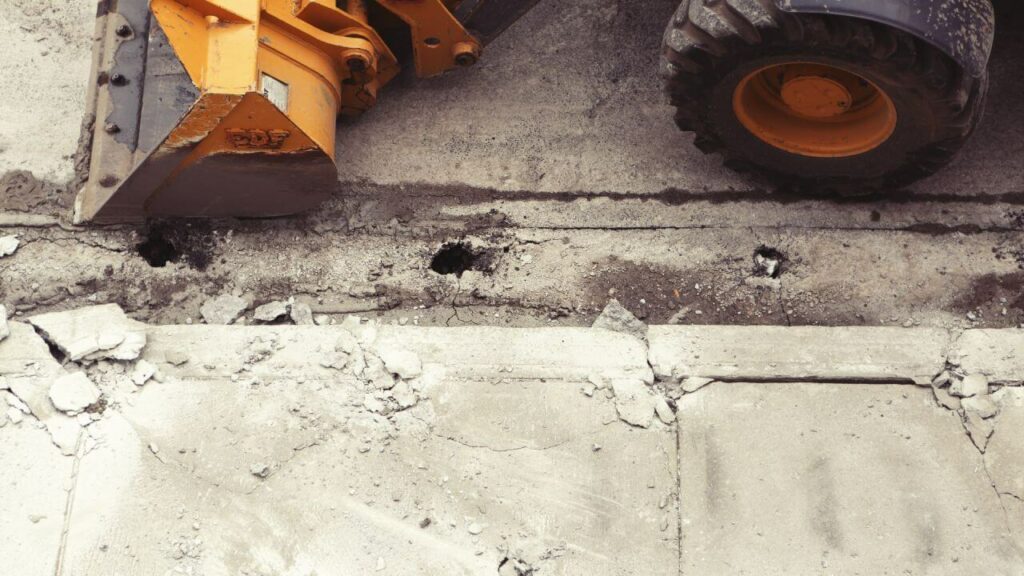
There are various techniques that can be used to patch a depression or pothole on an asphalt surface. An experienced contractor will be able to determine the right method to be used on the pavement depending on its condition. Some of the most commonly used techniques are:
- Throw-and-roll
- Semi-permanent patches
- Spray injection
- Full-depth patching
Crack Sealing
Cracks on an asphalt pavement will easily allow water to penetrate the surface’s base course and cause further degradation. An asphalt surface with cracks can also be more susceptible to oxidation.
To prevent further damage, you should repair cracks as soon as possible. One technique you can use is crack sealing. This process involves using a sealant to fill up the cracks and cover any exposed part of the asphalt surface.
Seal Coating
Extend the life of an asphalt surface by ensuring that it is not affected by any elements that can weaken its foundation, such as water, gas, oil, and UV rays. You can accomplish this through seal coating.
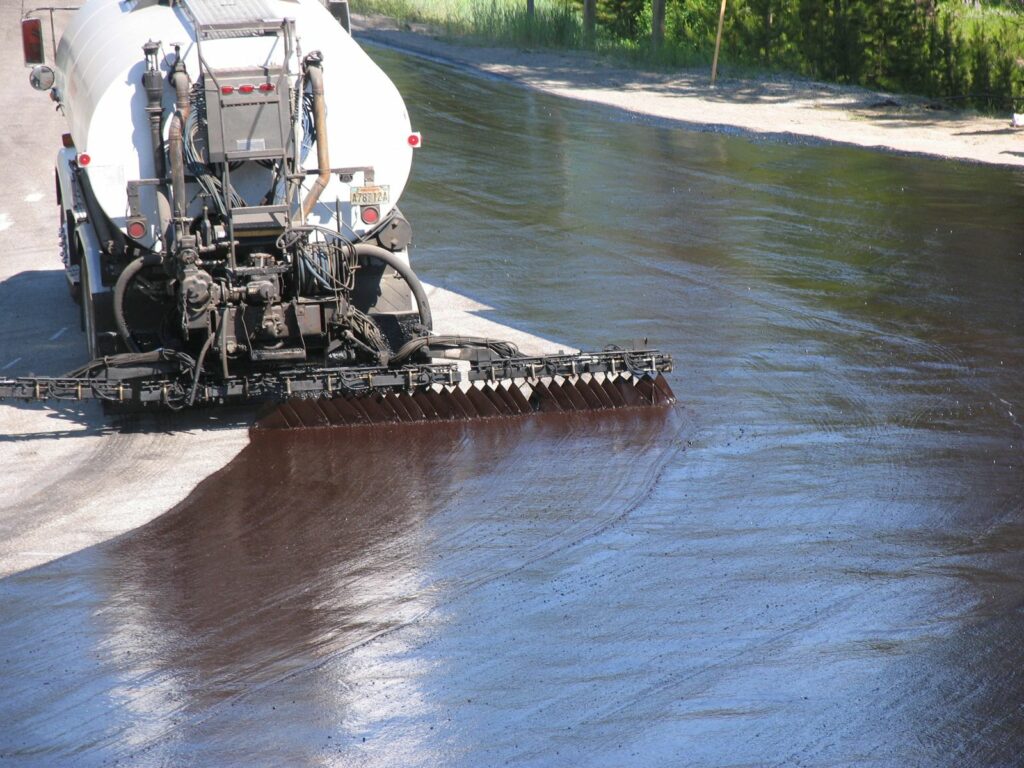
Seal coating is the method of applying a sealant on top of an asphalt surface to fill small voids and cracks. When done correctly, this process can provide a protective barrier to the pavement and keep it safe against various elements.
Overlay
Another asphalt repair method you can use is overlays. This technique involves applying a new layer of asphalt on top of the existing surface to address minor issues. The additional layer is usually 1.5 to 2.5 inches thick.
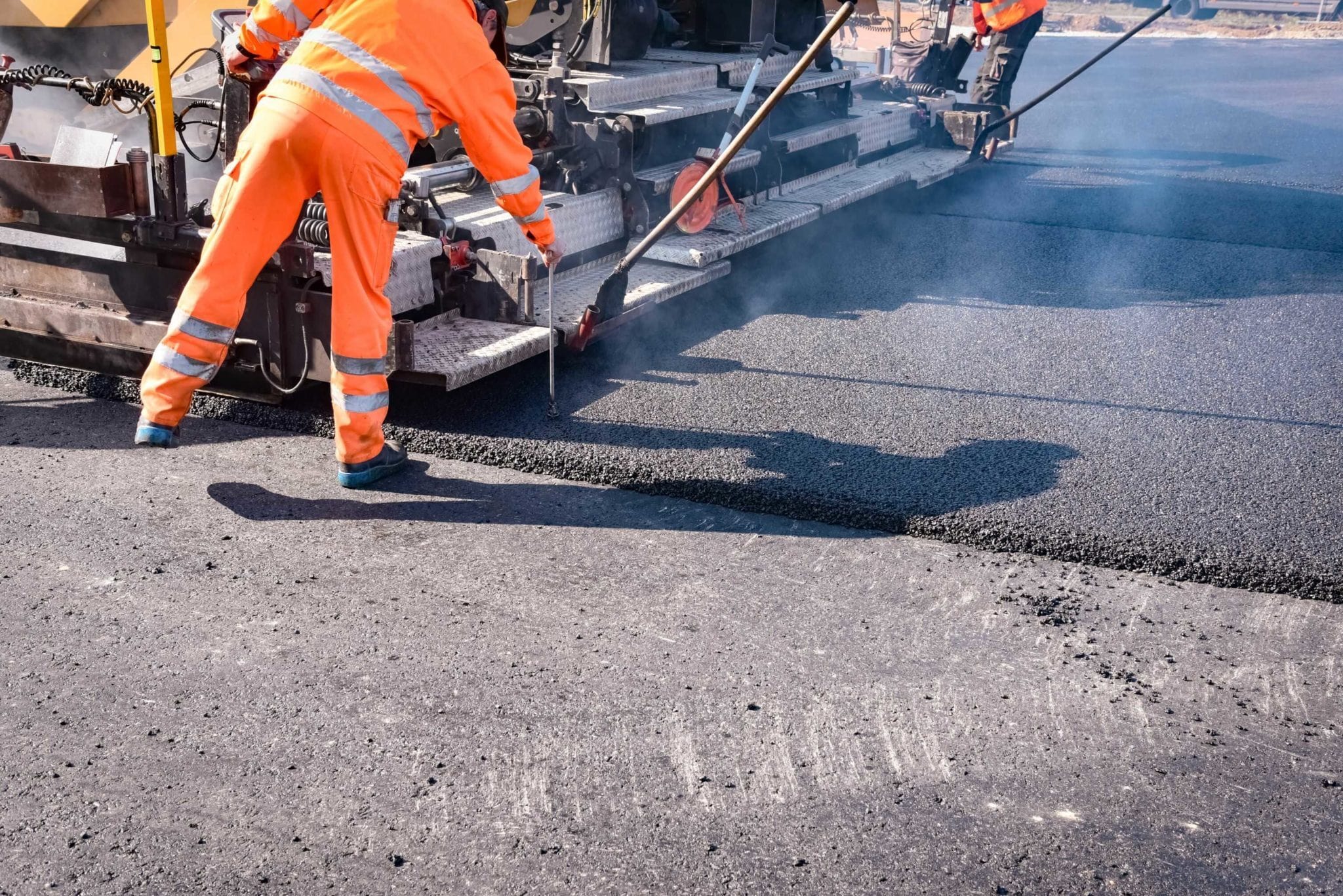
Asphalt overlay can provide a pavement with additional strength and a smoother texture when done properly. However, it is best to repair severely damaged areas before an overlay is applied. Doing so will help you ensure that old damages will not resurface after some time.
Let Us Assist You in Maintaining Asphalt Surfaces
Keeping asphalt surfaces intact will not only save you time and money in the long run. It will also allow you to keep drivers and pedestrians safe from traffic-related incidents caused by damaged roads and walkways.
If you need help in maintaining asphalt surfaces, reach out to us at Rua Seguridad. Our industry experts can provide you with information regarding asphalt repair and maintenance today.



